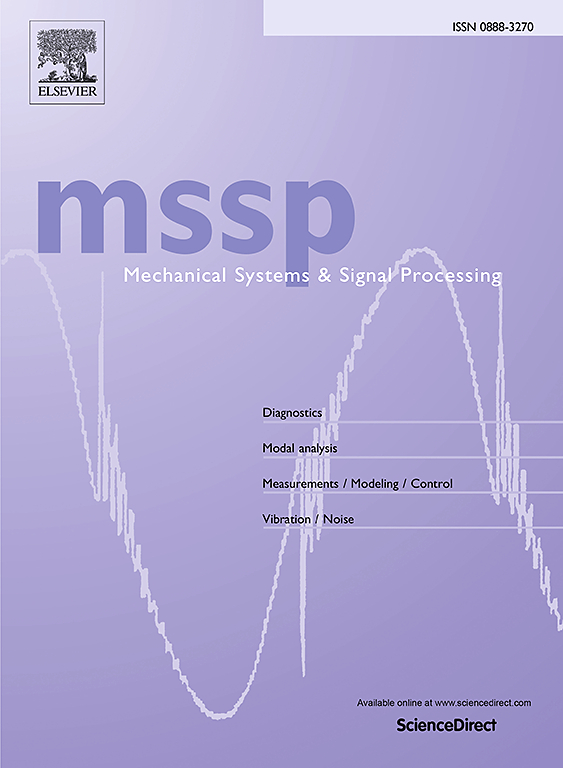Multi-domain data-driven chatter detection in robotic milling under varied robot poses based on directional attention mechanism
IF 7.9
1区 工程技术
Q1 ENGINEERING, MECHANICAL
引用次数: 0
Abstract
Chatter detection is critical during robotic milling process as chatter severely limits its widespread application. However, the physical properties of a robot under different poses vary, resulting in a fluctuating probability of milling chatter, complicating chatter detection. This study proposes a multi-domain data-driven chatter detection method for robotic milling under various robot poses using a directional attention mechanism (DAM). The robotic milling process begins with the collection and analysis of multi-domain data, including time-domain cutting vibration data, frequency-domain passing frequency, and spatial-domain point-cloud data. The milling states were classified as stable, slight chatter, and severe chatter, with the power spectral density (PSD) of the cutting vibration data serving as the primary criterion for determining the milling state. In addition, this study proposes a method for suppressing the effective frequency components of the PSD to improve the chatter frequency discernibility. Second, a DAM is proposed to absorb multi-domain data. Based on this, a multi-scale chatter detection network (DAM-MSCDN) model is proposed. This model uses the multi-scale suppressed PSD as input and incorporates a DAM module to fuse the machined surface’s point cloud information. The designed DAM module effectively improved the model’s robustness and accuracy. Finally, different states of robotic milling in various poses were analyzed experimentally. In addition, the experimental results verified that the DAM-MSCDN model could accurately detect both high-frequency and low-frequency chatter in robotic milling under various robot poses.
求助全文
约1分钟内获得全文
求助全文
来源期刊

Mechanical Systems and Signal Processing
工程技术-工程:机械
CiteScore
14.80
自引率
13.10%
发文量
1183
审稿时长
5.4 months
期刊介绍:
Journal Name: Mechanical Systems and Signal Processing (MSSP)
Interdisciplinary Focus:
Mechanical, Aerospace, and Civil Engineering
Purpose:Reporting scientific advancements of the highest quality
Arising from new techniques in sensing, instrumentation, signal processing, modelling, and control of dynamic systems
 求助内容:
求助内容: 应助结果提醒方式:
应助结果提醒方式:


